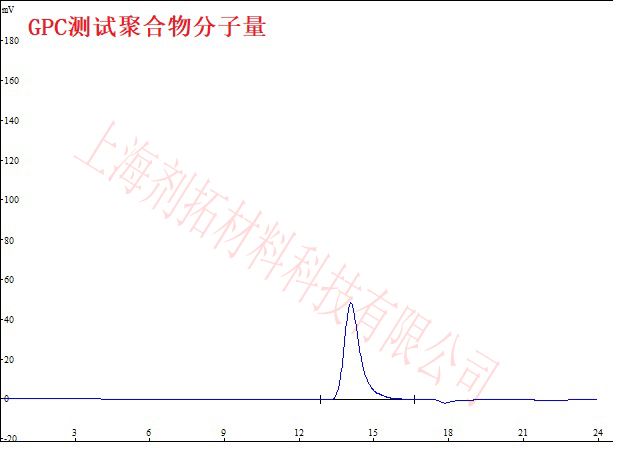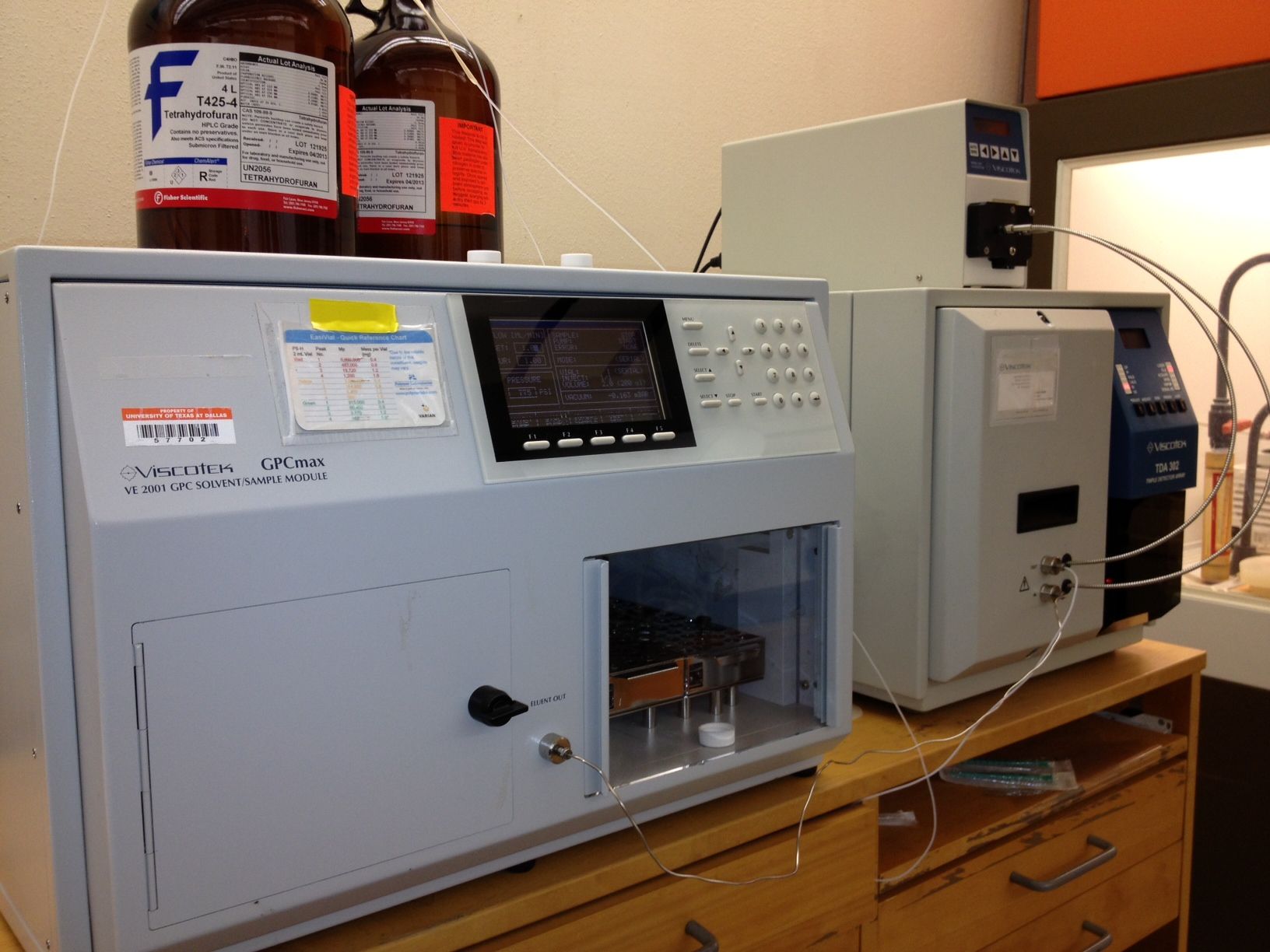Principle of GPC
Gel Permeation Chromatography (GPC), also known as Size Exclusion Chromatography (SEC), separates molecules based on their hydrodynamic volume. Using a stationary phase with molecular sieve properties, it separates low molecular weight substances and analyzes homologous polymers with different molecular sizes but similar chemical properties.
Instrument Model & Technical Parameters
- Models: Shimadzu LC20AD, Agilent PL220N
- Technical Specifications:
- Mobile Phases: Water, Tetrahydrofuran (THF), Dichloromethane, N,N-Dimethylformamide (DMF, 35°C/80°C), Trichlorobenzene (TCB, 150°C)
- Molecular Weight Range: 500–1,000,000 Da
Sample Requirements & Notes
- Sample Form: Solid or liquid (20–100 mg in plastic centrifuge tubes).
- Solvent Compatibility: Samples must be free of low-boiling solvents or water.
- Solubility Test: Prior to testing, ensure complete solubility in the selected mobile phase.
- Molecular Weight Limit: Samples must fall within 500–1,000,000 Da to ensure detectable signals.
Test Examples

Standards Implemented
- ISO 13885-1:2020 Binders for paints and varnishes — Gel permeation chromatography (GPC)
- ISO 11344:2016 Rubber, raw synthetic — Determination of molecular mass distribution of solution polymers by gel permeation chromatography
- GB/T 21863-2008 Gel permeation chromatography (GPC) — Tetrahydrofuran as eluent
- GB/T 27843-2011 Chemicals — Determination of low molecular weight components in polymers by gel permeation chromatography (GPC)
- NY/T 1860.35-2016 Guidelines for the determination of physico-chemical properties of pesticides — Part 35: Low molecular weight components in polymers
- SN/T 3002-2011 Determination of bisphenol A in plastics and their products — High performance liquid chromatography
- SN/T 4183-2015 ... [Remaining standards continued as in original]

